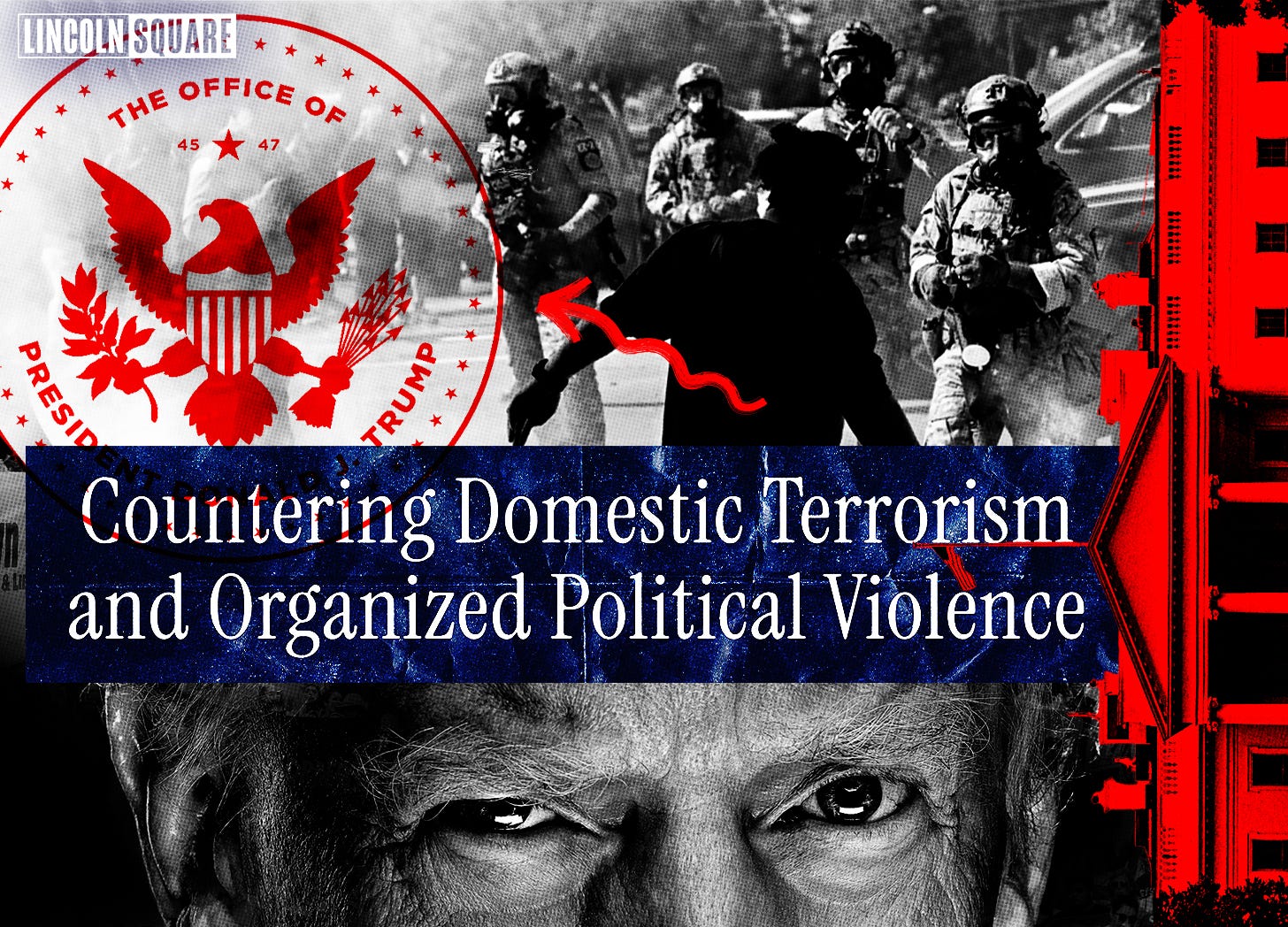The Chilling Memo Marking Trump’s War on Dissent
It was released without fanfare. But NSPM-7 signals an alarming new phase in Trump's revenge tour.
Late last month, while the country was distracted by the usual chaos – ICE raids, a White House ballroom, and the Epstein files – the White House quietly posted a presidential memorandum. It was titled, Countering Domestic Terrorism and Organized Political Violence, and it appeared under the unassuming “Presidential Actions” section of whitehouse.gov.
No…



